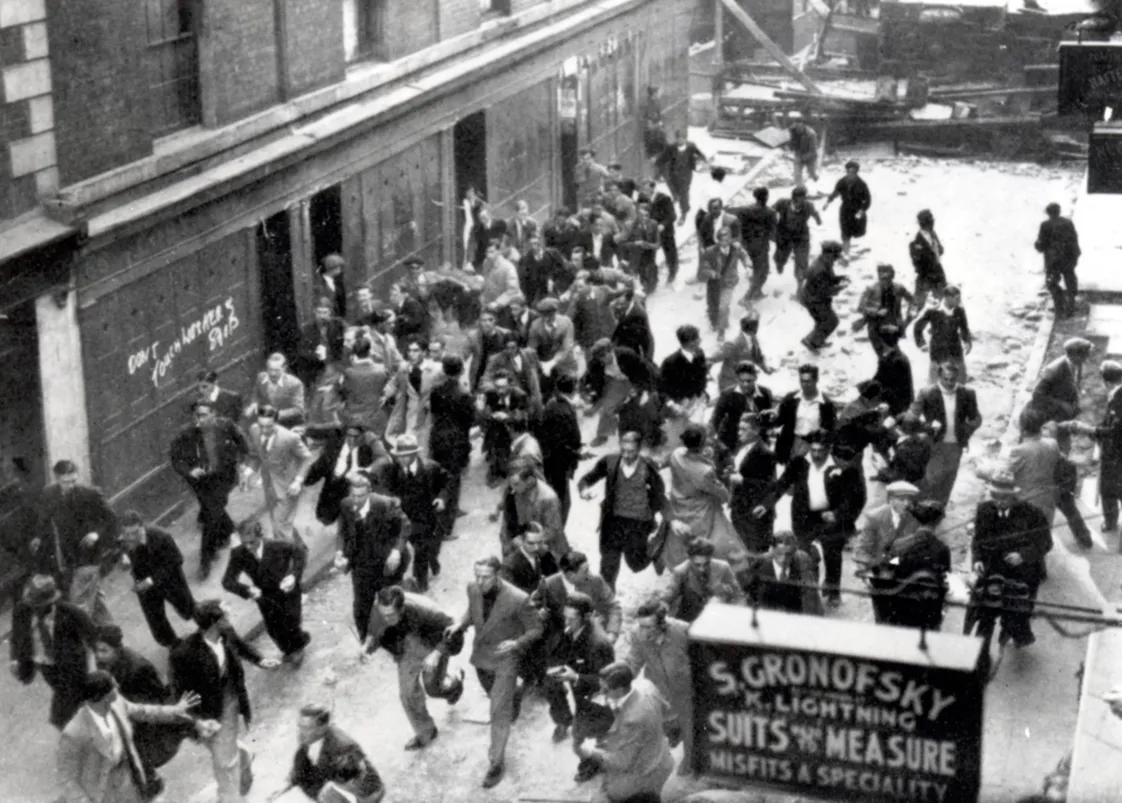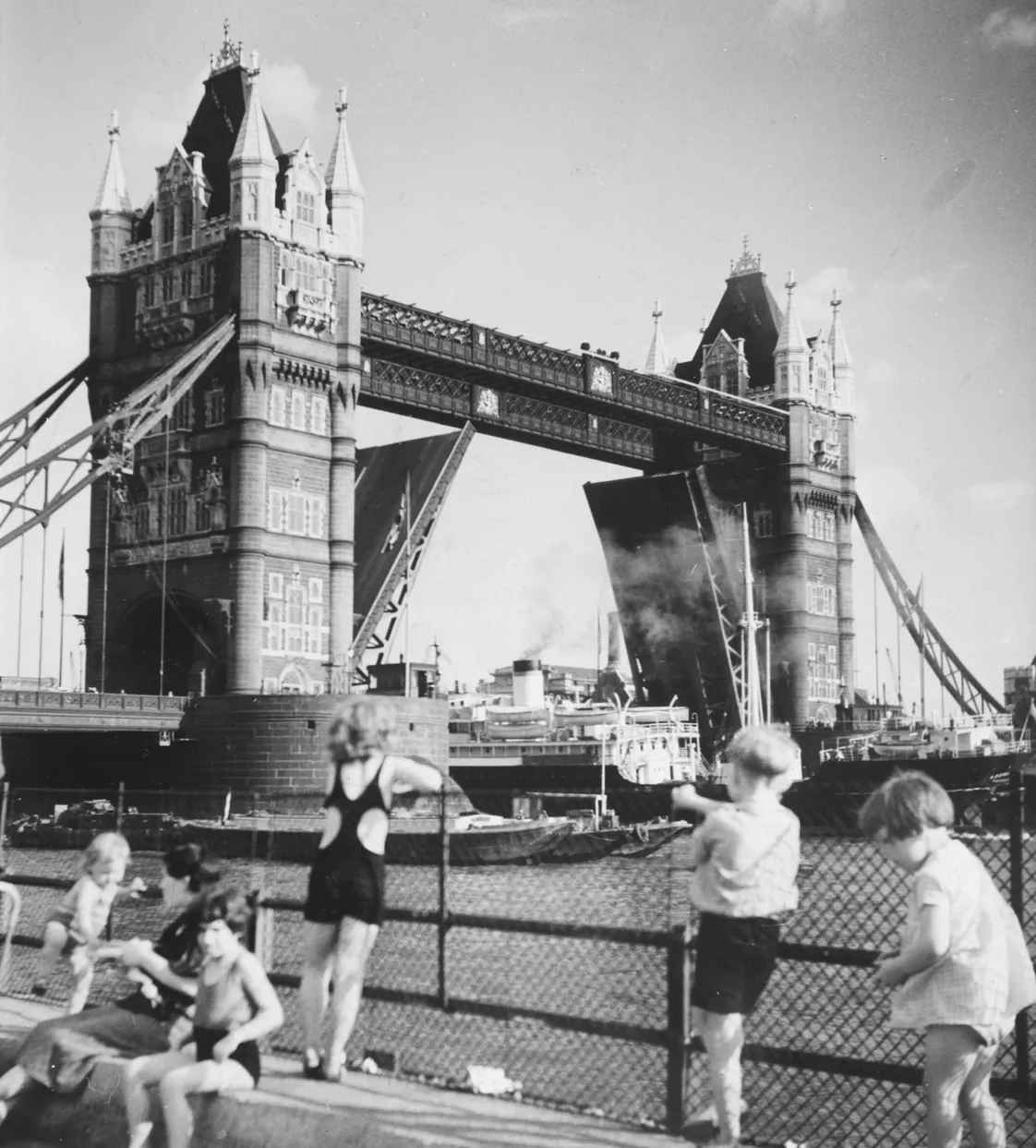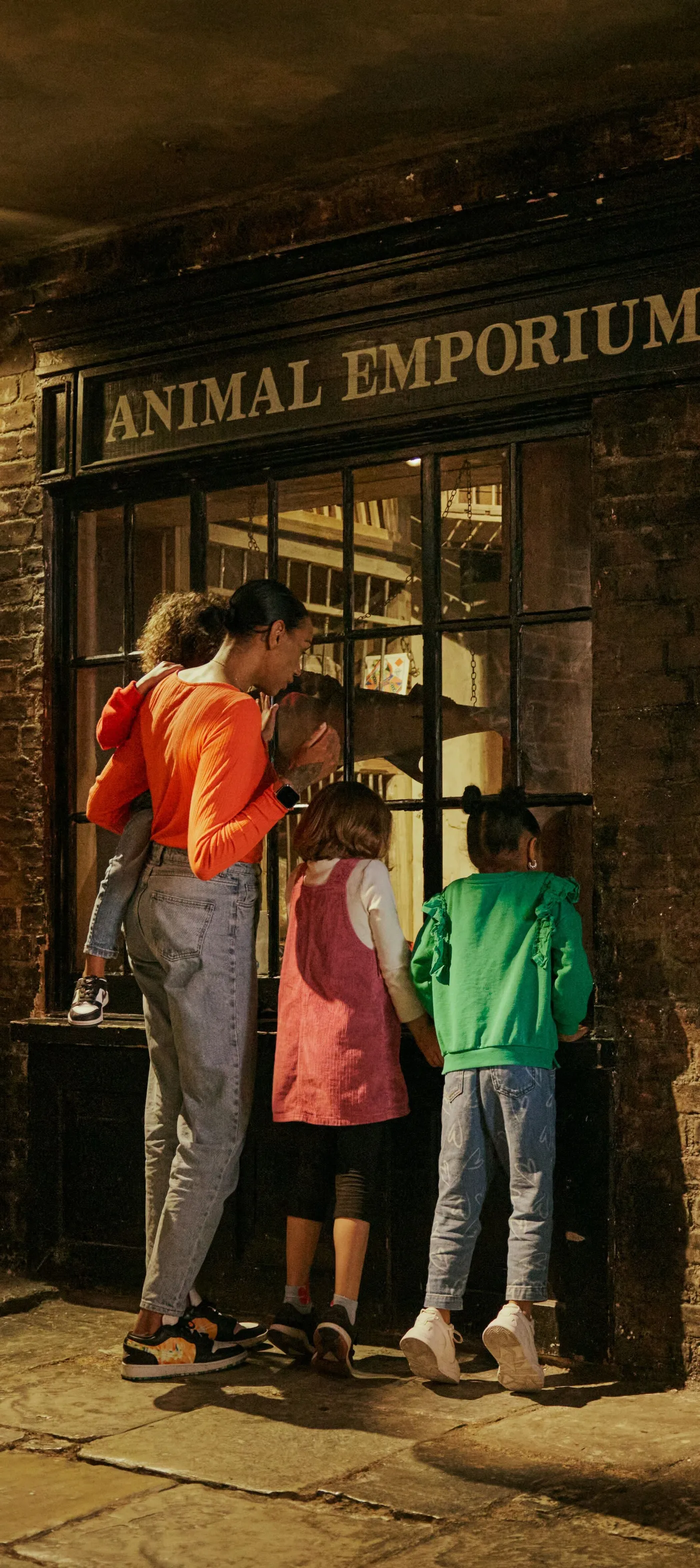Tower Hamlets
Taking in Spitalfields, Bow and, to the south, the Isle of Dogs, Tower Hamlets’ story dates back to Roman times.
The imprint of the many migrant communities who’ve made the area their home is everywhere – perhaps most notably in Brick Lane Jamme Masjid. Now a mosque, it was built in 1743 as a French Protestant church, before becoming a synagogue in 1898.
Tower Hamlets’ diverse influences are part of the draw for numerous creative people. Artists Gilbert & George and Tracey Emin are among those to have lived in the borough.
Tourists flock to bustling markets on Columbia Road and Petticoat Lane – and to explore the streets once roamed by Jack the Ripper.
But it’s also where bankers go to work among the sleek glass towers of Canary Wharf. And where Victoria Park opened in 1845 for the benefit of the East End working class – one of the first public parks in London.

The Roman Road market in 1968
Blogs-And-Stories

Bioarchaeological evidence for Black women in 14th-century London
How much do we know about the people in medieval London?
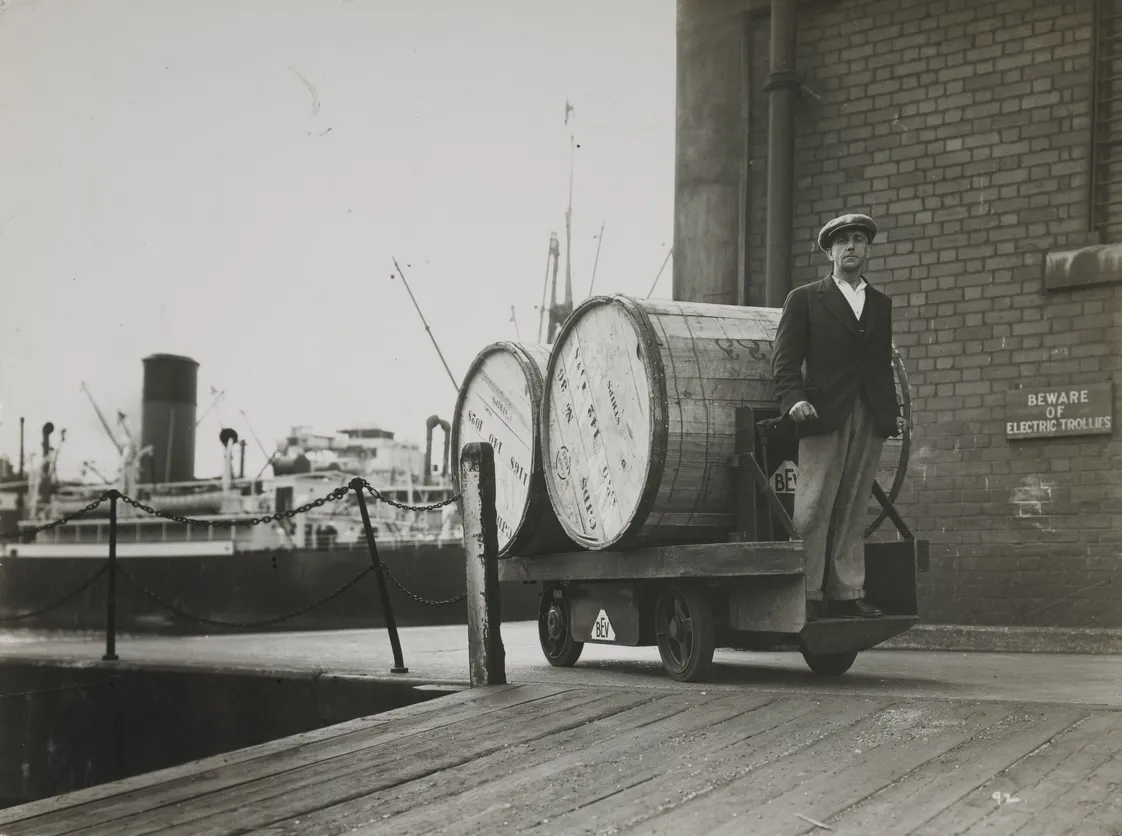
From fish market to red carpet: London's changing docks
London’s Docklands have gone through huge change in the last 70 years
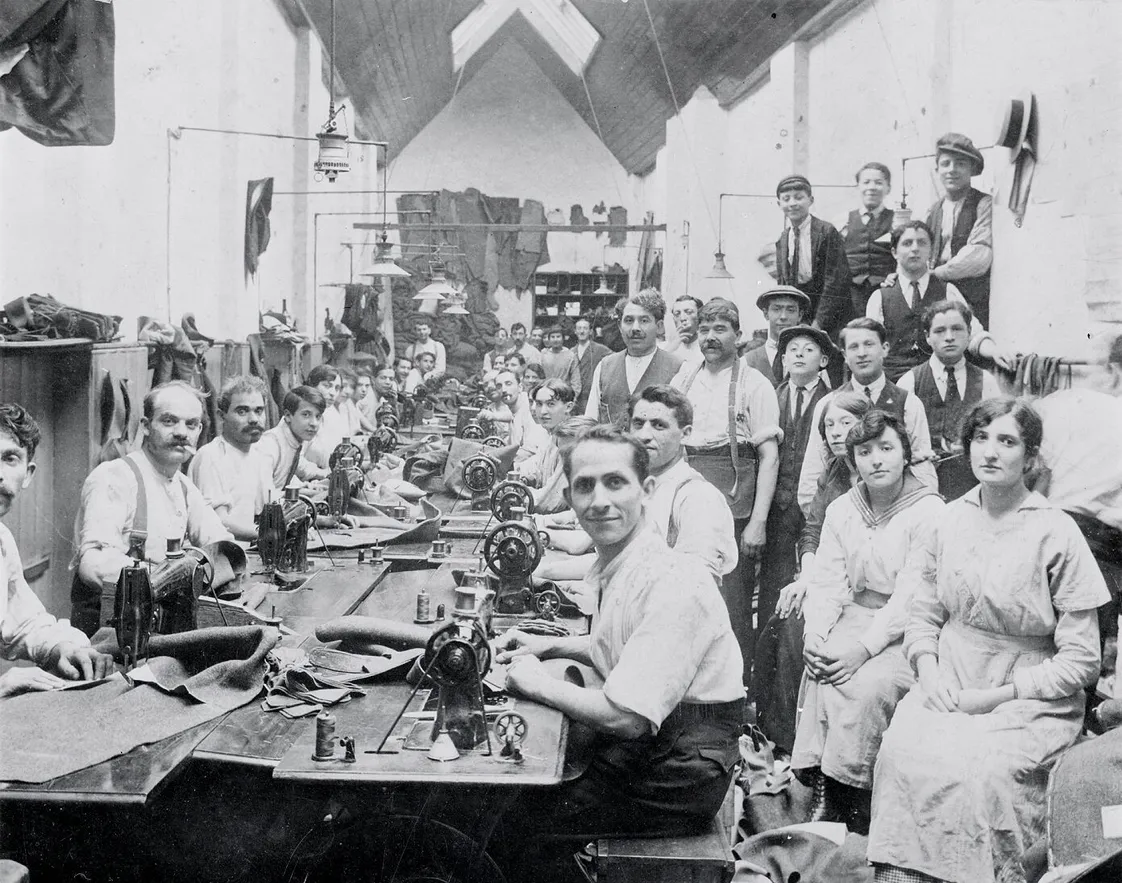
The Jewish East End
How Spitalfields and Whitechapel offered new lives to thousands fleeing persecution

Disciplining the ‘World’s Greatest Port’
The PLA’s Discipline Books logged transgressions and sanctions within London’s docks
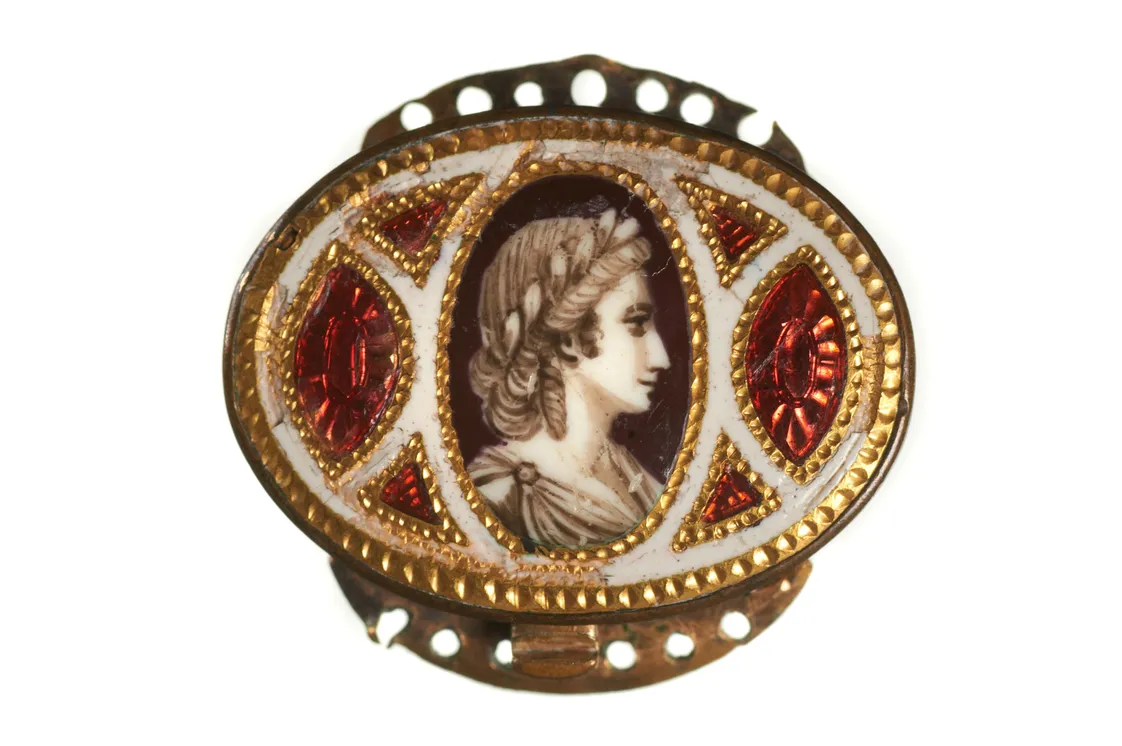
Following the Roman princess of Spitalfields
Sr Curator of Archaeology, Dr Rebecca Redfern’s interest in the intriguing Spitalfields Princess spans over two decades
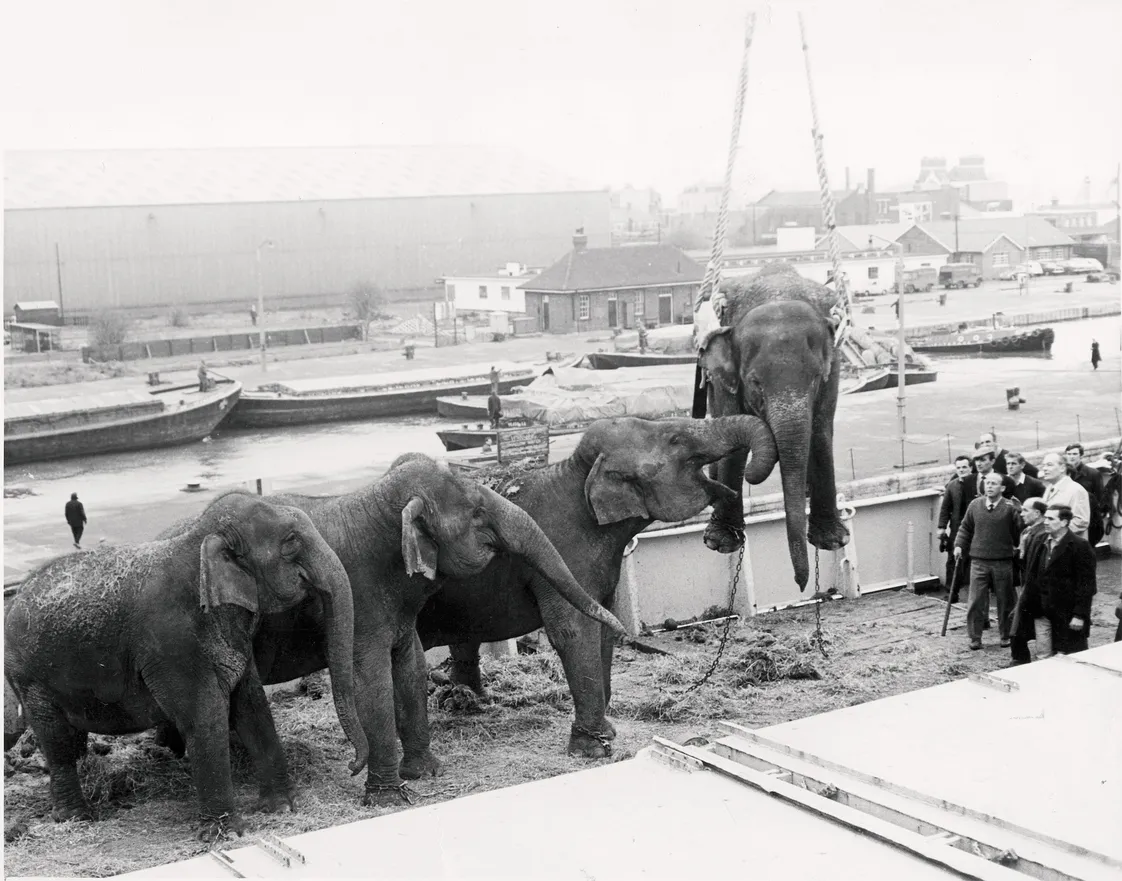
Hidden gems of London Docklands archives
From clandestine wine tastings to a female police force, what went on at London’s Docklands

Suffragette teddy bears: First World War & women’s rights
What’s your favourite object connected to women’s history? One of ours is a Bow Bear
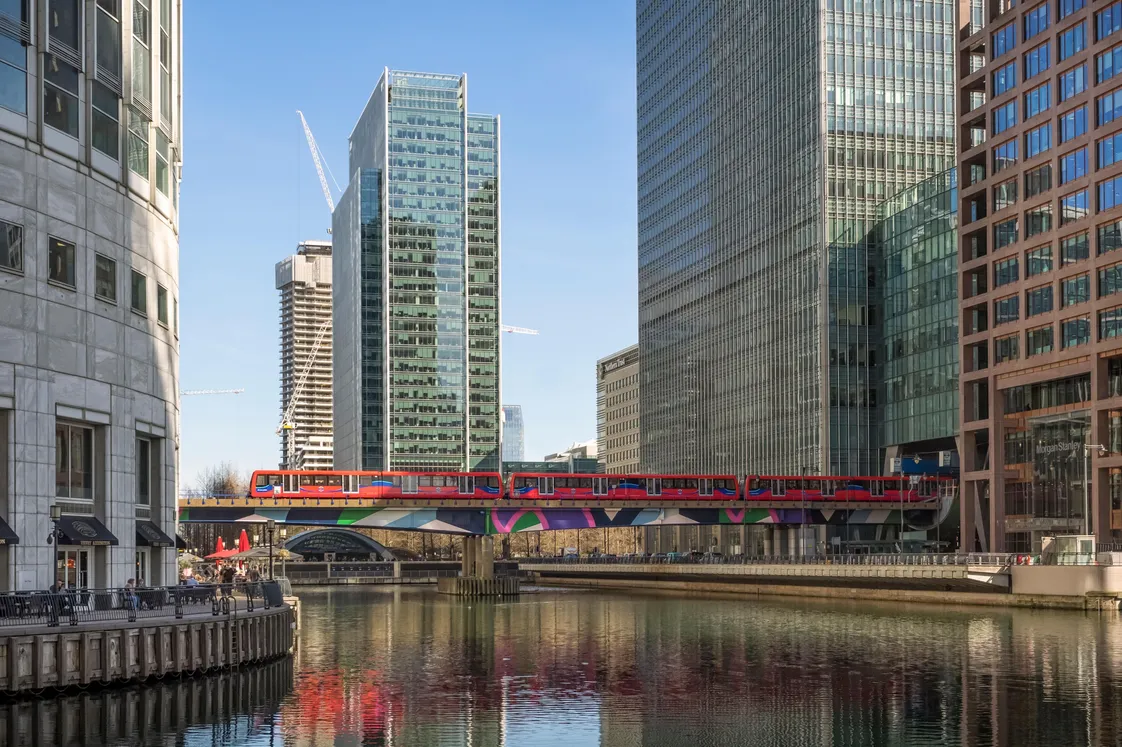
The history of the Docklands Light Railway
The DLR was built to transform London’s docklands
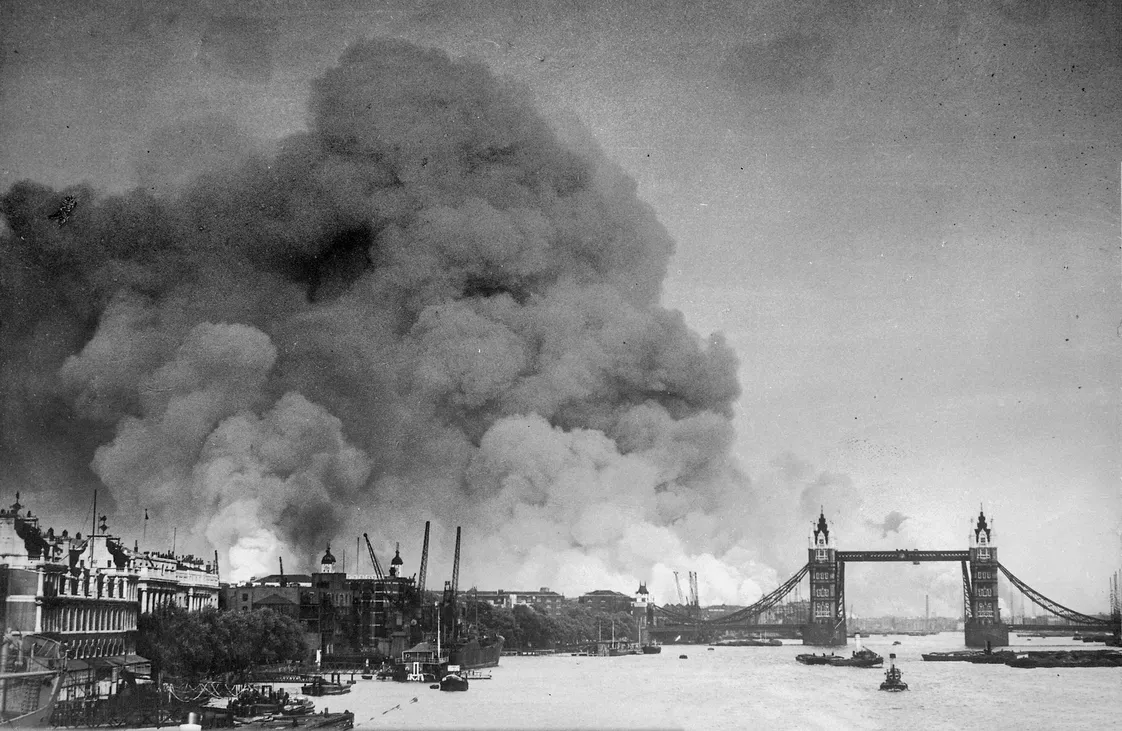
London’s Blitz: A city at war
The German bombing campaign which rained down death and destruction on London
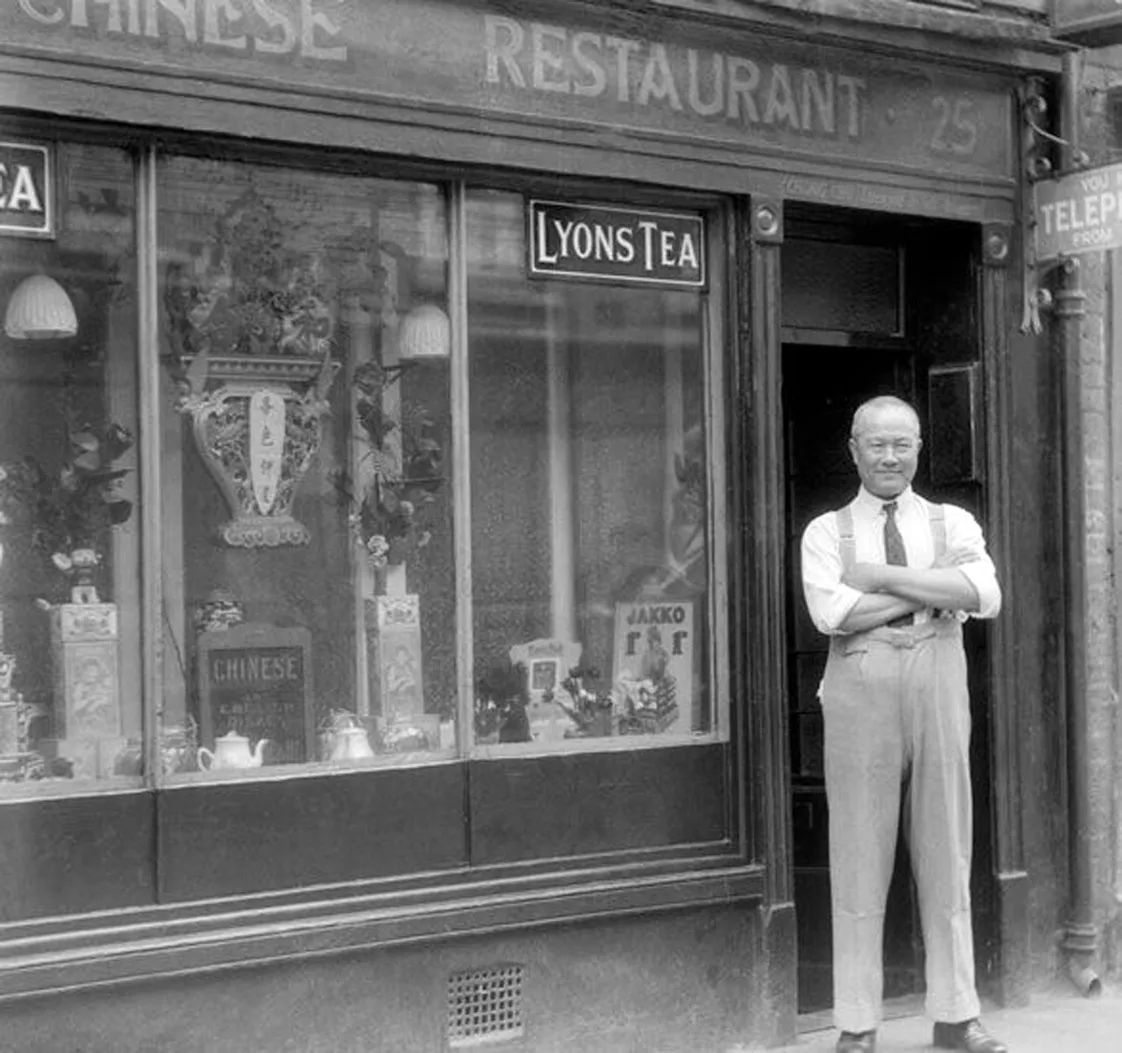
Limehouse: London’s first Chinatown
The Chinese communities who lived in this pocket of the East End
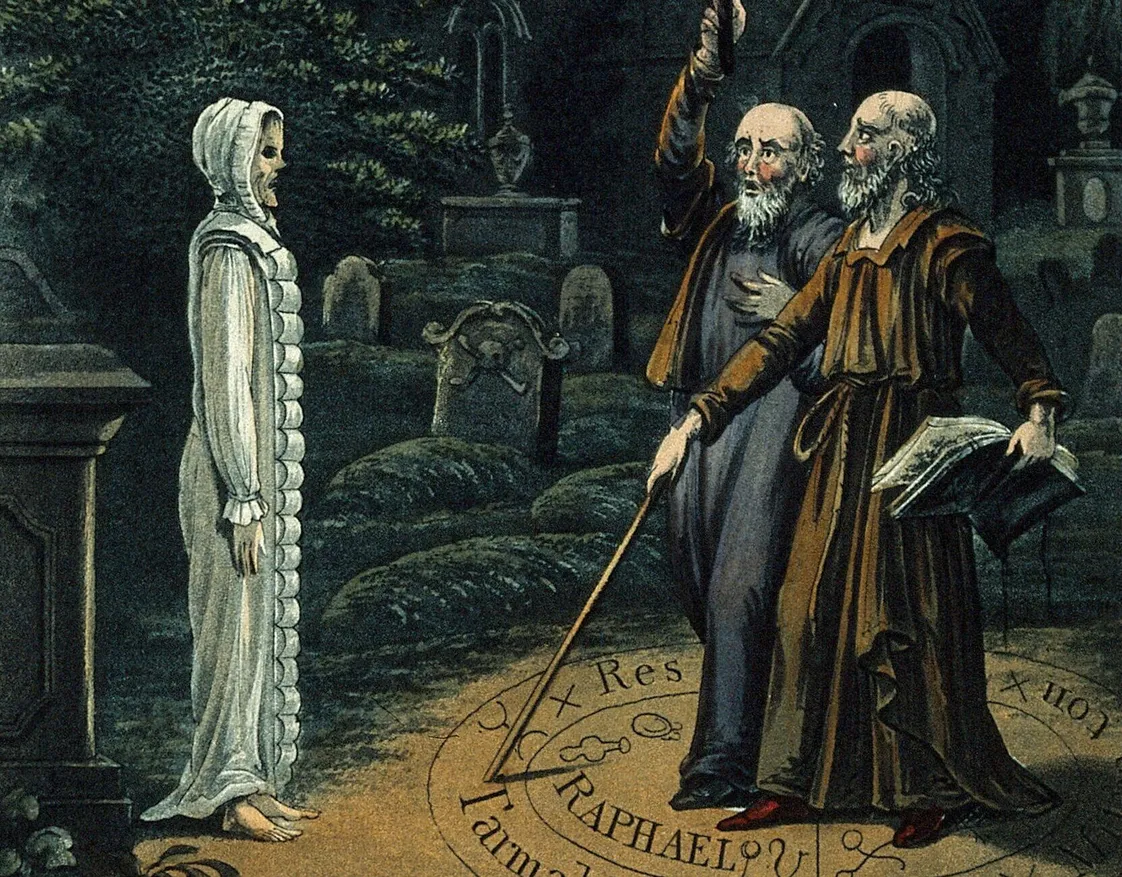
Ghosts & ghouls of London’s Docklands
Two stories of hauntings and horror in 19th-century London
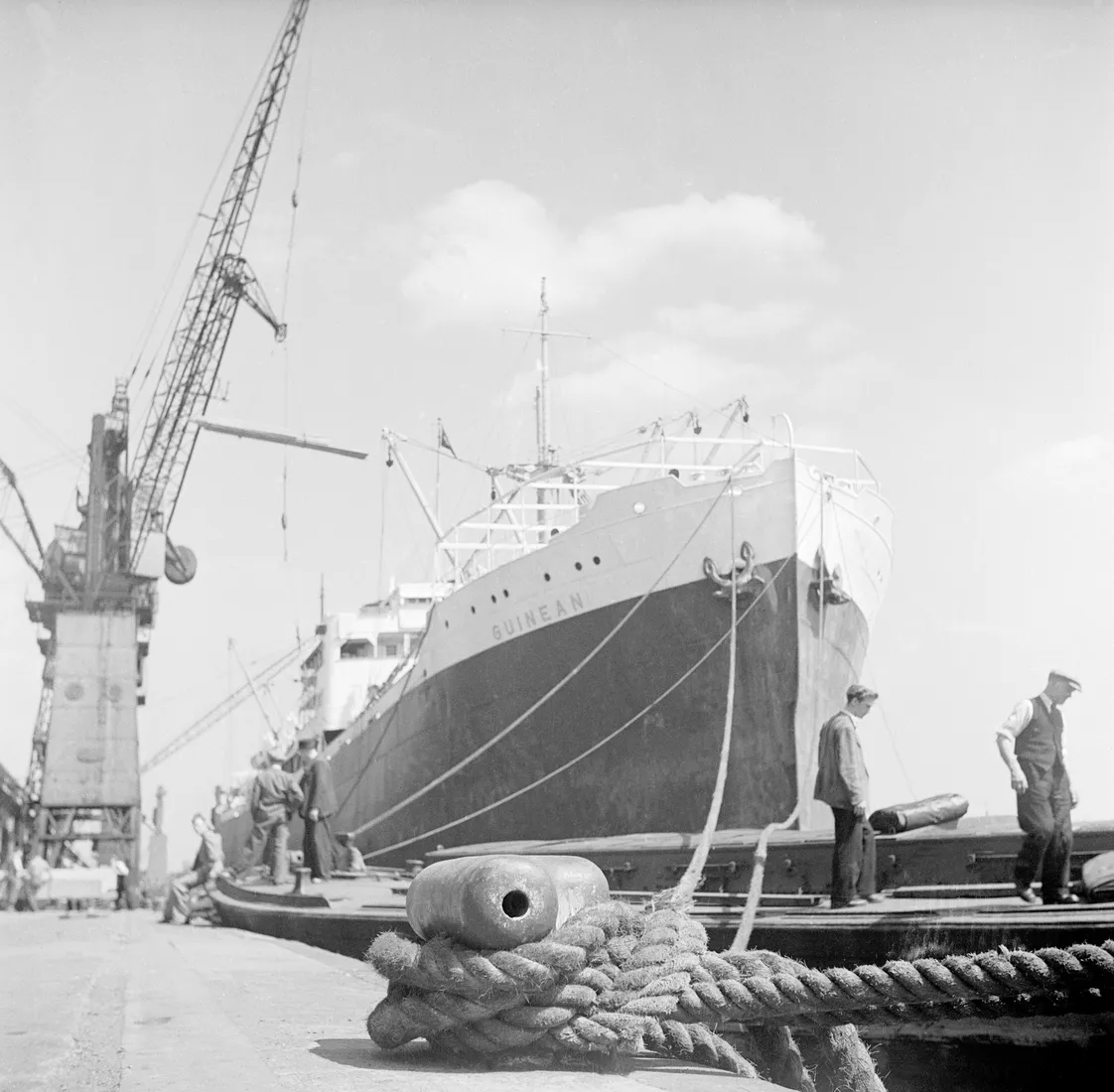
West India Docks
These were once the world’s largest docks, built to handle goods from Caribbean slave plantations
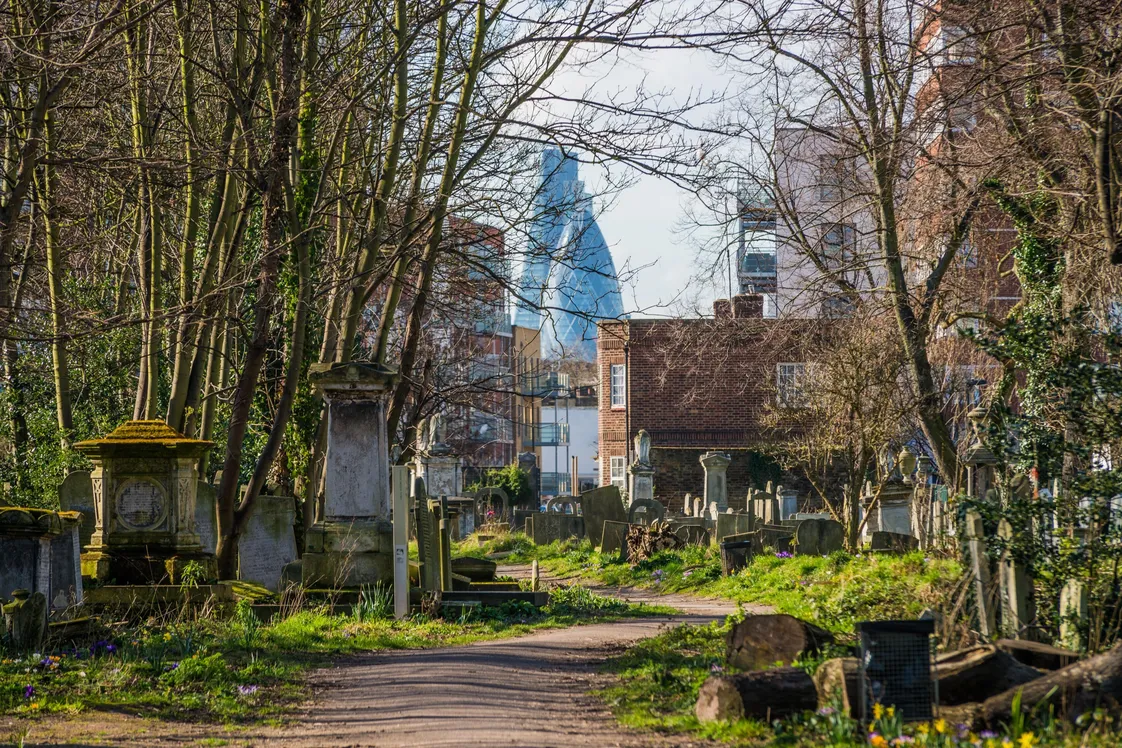
Tower Hamlets Cemetery
Known locally as Bow Cemetery and the last of London’s Magnificent Seven cemeteries to be built


London Dock
The Wapping drop-off point for wine, tobacco, spices and ivory between 1805 and 1968

